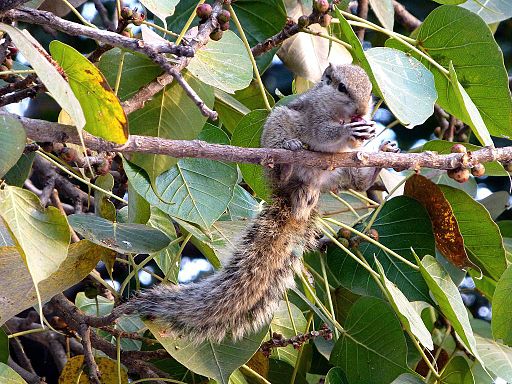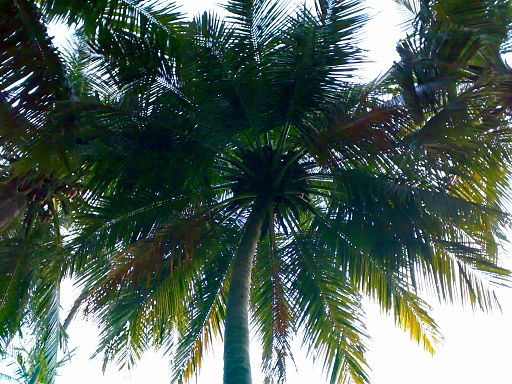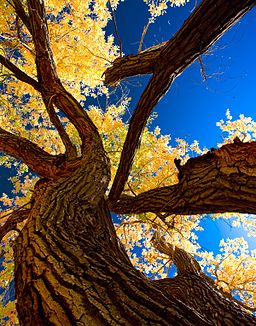Under the Fig Tree

A squirrel nibbling a fig in the Bodhi Tree at the Mahabodhi Temple in Bodh Gaya, Bihar state, India. Photo by Flickr user Anandajoti.
For a 2017 album, Blakey Morton performed Scott Joplin’s 1908 song “Fig Leaf Rag”.
— Izzy



There are patterns throughout nature, from the rhythm of waves striking the shore, to the sand dune crests farther up the beach, to the leaves and flowers on plants and trees inland. Many of those patterns arise because of physical constraints operating through a medium, for instance the waves rise and fall regularly due to tidal influences from the Moon above and gravity from the Earth below, while sand grains in the dunes react to wind and water, and leaves and flowers allocate space for themselves in tune with the Sun and their plant neighbors.


We seem to prefer patterns over chance, and order over chaos, and therefore we sometimes struggle to impose a pattern where perhaps none exists. It comforts us. It can even be a matter of belief. Some of us, maybe most of us, find it unsettling to contemplate a natural world and a universe where things happen randomly with no rhyme or reason. How can you set a schedule for yourself and your family in such a universe when you are unsure what might happen from one moment to the next? How can you plan your life, if you are so inclined? Depending on your belief in the reliability and predictability of the patterns you see in nature, you may be able to conduct your daily life with some confidence everything will go mostly as planned. With that in mind as you go about your everyday affairs, you may take time to notice how the patterns in the natural world around you guide your beliefs, whether or not you believe there is, in turn, someone or other guiding those patterns.
― Izzy 